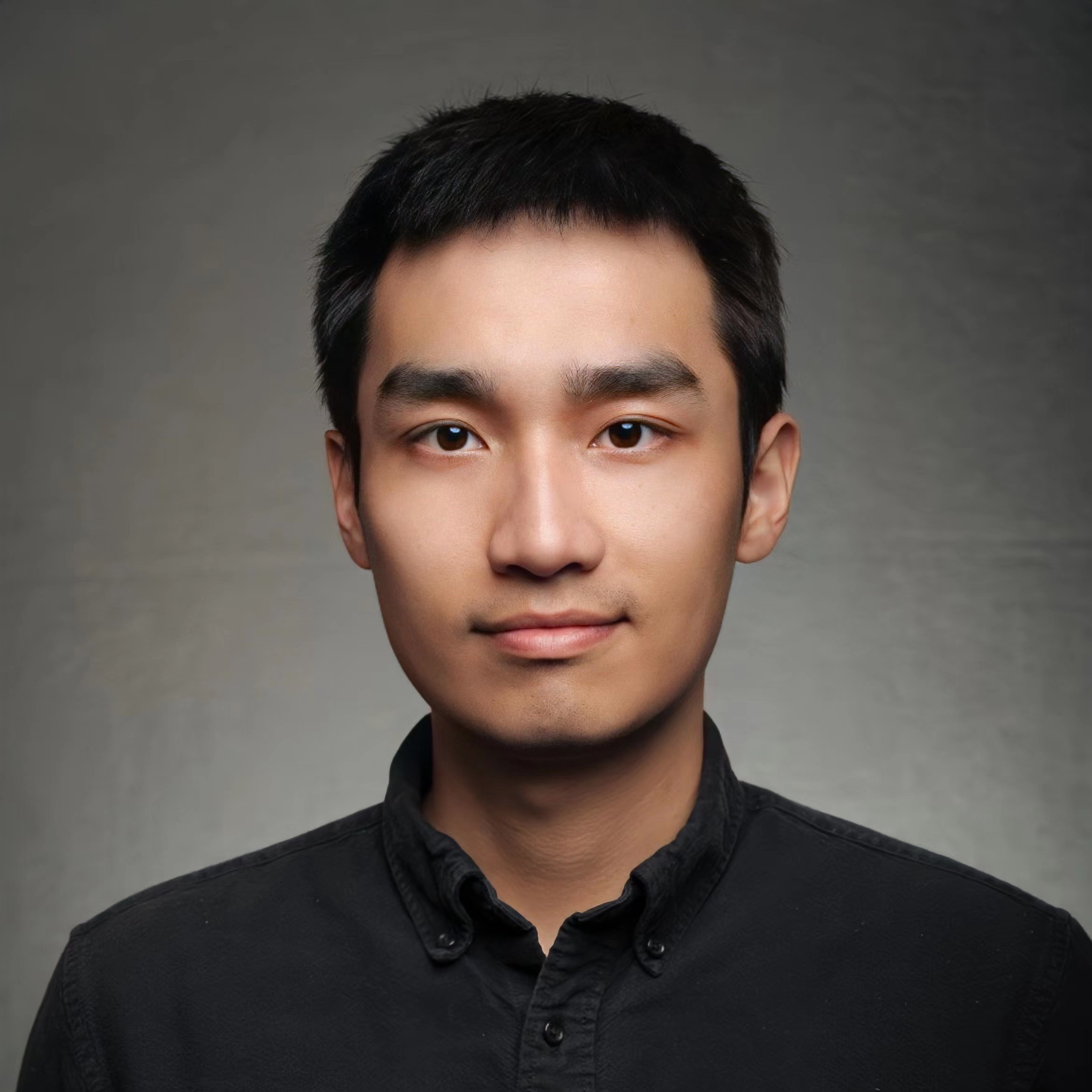Bio. I am an assistant professor in the School of Science and Engineering at the Chinese University of Hong Kong, Shenzhen (CUHK-Shenzhen). Before that, I received the Ph.D. degree from Texas A&M University (2019-2024), and conducted postdoctoral research at the California Institute of Technology (2024-2025). Please refer to my CV for more information.
I am starting the AI for Life Sciences Laboratory to develop machine learning algorithms for structural data mining (e.g. graphs, point clouds, and fields), and leveraging them to build simulators of living organisms at multiple scales (e.g. virtual tissues). [join us]
News.
2025/10. Our LoG’25 paper shows that current state-of-the-art LLMs cannot yet effectively extract patterns from structures of graphs — “When Structure Doesn’t Help: LLMs Do Not Read Text-Attributed Graphs as Effectively as We Expected”. [poster]
2025/03. Receive the Distinguished Graduate Student Award for Excellence in Research from the Association of Former Students @ TAMU. [news]
2025/01. Excited to release the Cellular Interaction Foundation Model (CIFM), an AI foundation model capable of simulating living systems like DeepSeek/ChatGPT — it inputs cellular microenvironments (like language contexts) and query locations, and outputs gene expressions (like next word tokens) for those locations (2025/03: Accepted @ MLGenX Workshop, ICLR’25). [huggingface] 🎉
2024/12. Co-organize AI Bootcamp VIII on Graph Machine Learning @ Caltech.
2024/10. “Correlational Lagrangian Schrödinger Bridge: Learning Dynamics with Population-Level Regularization” (biology-inspired diffusion models under correlation conservation) is accepted @ AIDrugX Workshop, NeurIPS’24. [poster] 🎉
2024/06. Pass the Ph.D. final defense titled “Generalizable Graph AI for Biomedicine: Data-Driven Self-Supervision and Principled Regularization”, and become a Ph.D. 🎓🎉
2024/04. Participate in the community effort of CAGI6 Rare Genomes Project with the outcome accepted @ Human Genomics’24.
2024/03. “Multi-Modal Contrastive Learning for Proteins by Combining Domain-Informed Views” (multi-modal protein representation learning) is accepted @ MLGenX Workshop, ICLR’24. [poster]
2024/01. “Latent 3D Graph Diffusion” (latent diffusion models for 3D graphs) is accepted @ ICLR’24. [poster]
2023/04. Receive the Quality Graduate Student Award from ECEN @ TAMU.
2023/01. “Graph Domain Adaptation via Theory-Grounded Spectral Regularization” (model-based risk bound analysis of GDA) is accepted @ ICLR’23. [poster] 🎉
2022/10. “Does Inter-Protein Contact Prediction Benefit from Multi-Modal Data and Auxiliary Tasks?” (multi-modal/task protein-protein interface prediction) is accepted @ MLSB Workshop, NeurIPS’22. [poster]
2022/09. “Augmentations in Hypergraph Contrastive Learning: Fabricated and Generative” (contrastive learning on hypergraphs) is accepted @ NeurIPS’22. [poster]
2022/06. “Cross-Modality and Self-Supervised Protein Embedding for Compound-Protein Affinity and Contact Prediction” (multi-modal self-supervision in CPAC) is accepted @ Bioinformatics’22 (MoML’22, ECCB’22). [poster]
2022/01. “Bayesian Modeling and Uncertainty Quantification for Learning to Optimize: What, Why, and How” (Bayesian learning to optimize) is accepted @ ICLR’22. [poster]
2021/12. Receive the NSF Student Travel Awards from WSDM’22.
2021/10. “Bringing Your Own View: Graph Contrastive Learning without Prefabricated Data Augmentations” (generative augmentations in GraphCL) is accepted @ WSDM’22. [poster]
2021/09. Receive the Chevron Scholarship from ECEN @ TAMU.
2021/07. Serve as the session chair of Semisupervised and Unsupervised Learning @ ICML’21 and talk.
2021/05. “Graph Contrastive Learning Automated” (long presentation, automatic augmentation selection in GraphCL) is accepted @ ICML’21. [video] 🎉
2021/03. “Probabilistic Constructive Interference Precoding for Imperfect CSIT” (robust CI precoding in wireless communication) is accepted @ TVT’21. 🎉
2020/09. “Cross-Modality Protein Embedding for Compound-Protein Affinity and Contact Prediction” (cross-modality learning in CPAC) is accepted @ MLSB Workshop, NeurIPS’20. [poster]
2020/09. “Graph Contrastive Learning with Augmentations” (contrastive learning in GNN pre-training) is accepted @ NeurIPS’20. [poster]
2020/06. “When Does Self-Supervision Help Graph Convolutional Networks?” (self-supervision in GCNs) is accepted @ ICML’20.
2020/02. “L2-GCN: Layer-Wise and Learned Efficient Training of Graph Convolutional Networks” (efficient GCN training) is accepted @ CVPR’20.
2019/08 – 2024/08. Attend Texas A&M University for the Ph.D. Degree in Electrical Engineering, advised by Prof. Yang Shen.
2019/02. Receive the Electrical and Computer Engineering PhD Merit Fellowship from ECEN @ TAMU.
